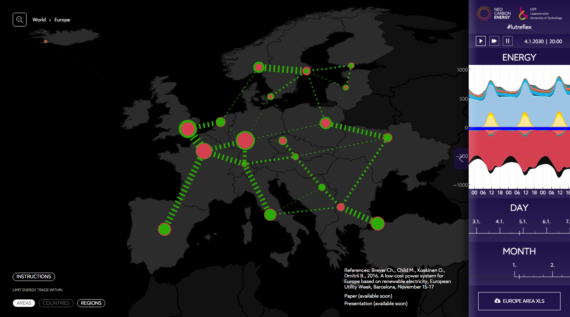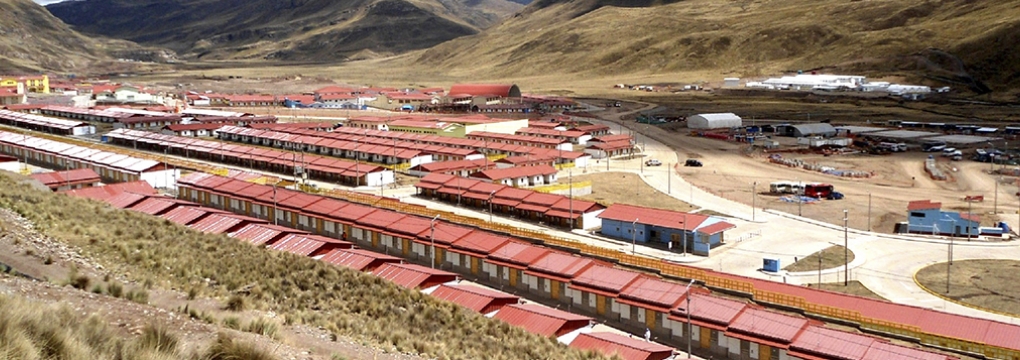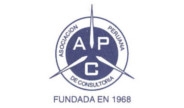Existing hydro helps make South America a favorable region for 100% renewable electricity
Enviado por editor en Lun, 12/12/2016 - 16:45
The large existing installed base of hydropower in South America helps make it “one of the most favourable regions globally to shift to a 100% RE [renewable electricity] system,” according to the Lappeenranta University of Technology and VTT Technical Research Centre of Finland Ltd.
A study revealed that transitioning to a fully renewable electricity system is possible for South America by 2030 and that a 100% renewable system is the cheapest electricity production option and can be achieved with little energy storage.
The total installed capacity of renewable electricity in this fully renewable system would be 415 GW of solar PV, 144 GW of storage hydropower, 39 GW of run-of-river hydro, 17 GW of biogas, 4 GW of biomass and 69 GW of wind.
The cost of electricity in a 100% renewable system ranges from €47 to 62 (US$50.5 to 66.7) per megawatt-hour, researchers said. In comparison, other options, including new nuclear and carbon capture and storage, are 75% to 150% higher in cost than the 100% renewable system.
“Hydro dams can be used as a virtual battery for solar and wind electricity storage, balancing generation and demand in times of lacking solar or wind electricity during the course of the year,” according to a press release.
The researchers have studied several other world regions, with results published for North America, Northeast Asia, Southeast Asia, Central Asia and Russia, the Middle East and Northern Africa, Sub-Saharan Africa, and Europe.
This study was completed as part of the Neo-Carbon Energy Research, which is funded by the Finnish Funding Agency for Innovation, Tekes.
Three of the largest operating power plants in the world – 14-GW Itaipu in Brazil, 10.3-GW Guri in Venezuela and 8.4-GW Tucurui in Brazil – are located in South America.




























